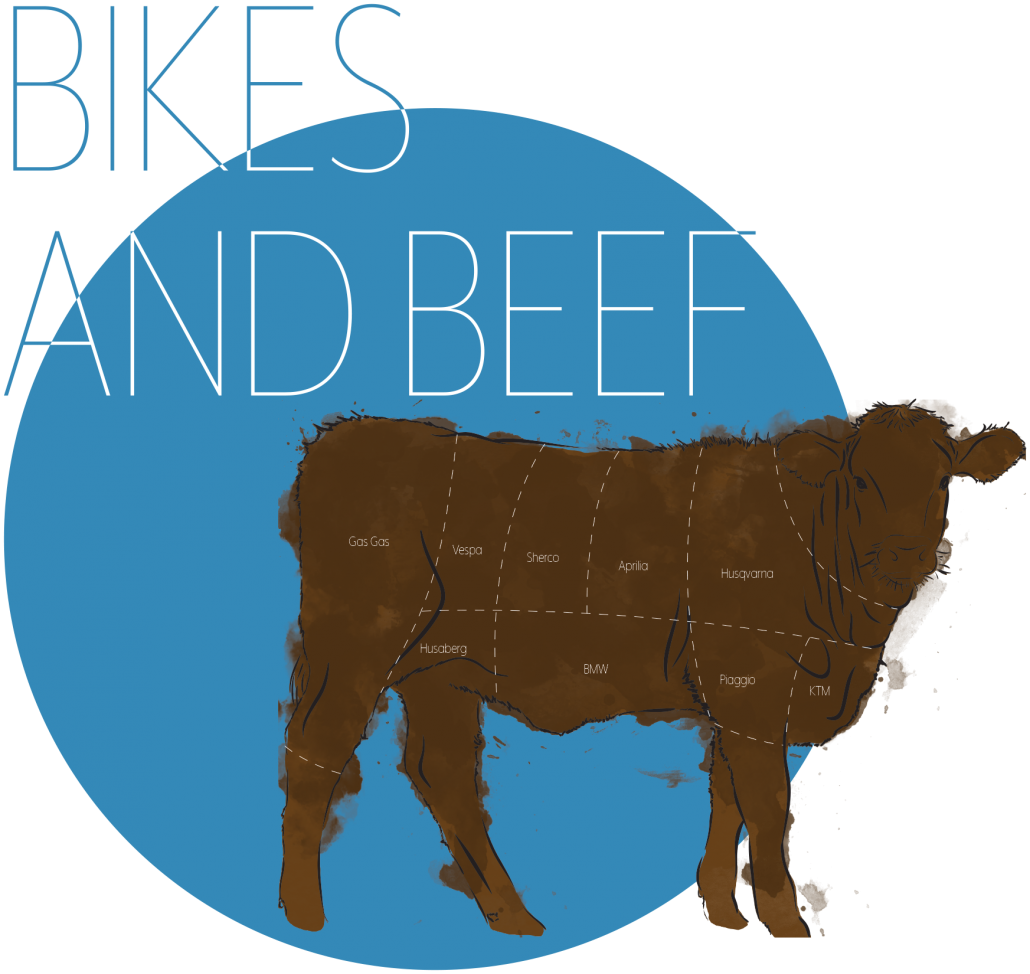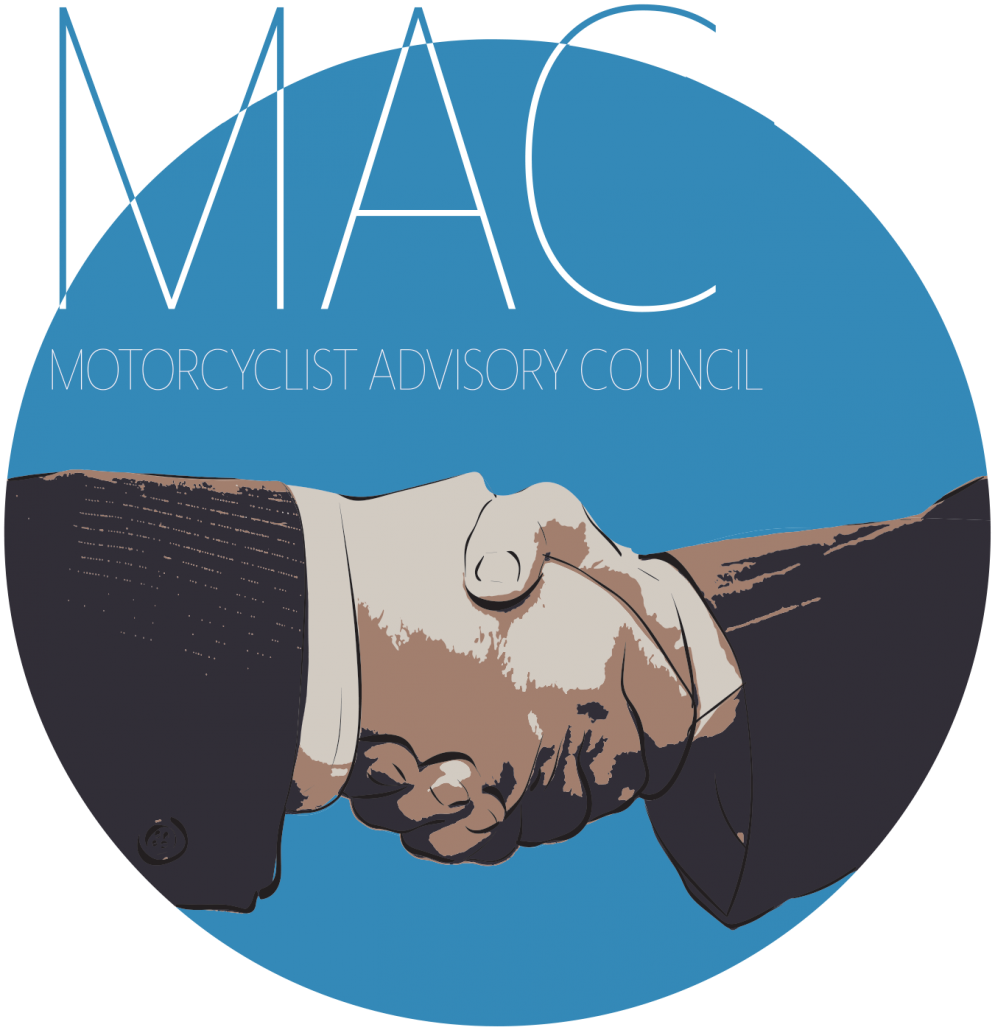American Motorcyclist December 2017
Year In Review: Access, Automation And Ethanol
Issues Affecting Motorcyclists Today
By Jim Witters
California’s 46-year-old off-highway vehicle recreation program faced perhaps its most significant threat when state legislators introduced a disastrous bill this year that would have jeopardized program funding, set up new obstacles to program expansion and deleted the repayment requirement for funds borrowed from the program.
Through months of discussion and negotiation, the AMA and other members of a broad coalition of OHV advocates were able to convince lawmakers to massage S.B. 249 and its companion funding bill into legislation that extends and stabilizes this highly successful OHV program.
Signed by Gov. Jerry Brown in October, S.B. 249 extends the operation of the California Off-Highway Motor Vehicle Recreation Program indefinitely, eliminating a provision that historically had required periodic reauthorization and making the program permanent within state parks.
Companion bill S.B. 159 provides funding for the program.
Without these key pieces of legislation, the nationally recognized program would have ended Dec. 31.
The changes in S.B. 249 during the legislative session represents a victory over those who sought the program’s demise. And the cooperative effort sets the stage for future collaborations in OHV advocacy.

The California OHMVR program was created in 1971 and signed into law by then-Gov. Ronald Reagan. The program operates nine State Vehicular Recreation Areas and provides assistance grants to many local and federal partner agencies that provide OHV recreation opportunities.
“The California OHV program is a model for the nation,” said AMA Western States Representative Nick Haris. “In its original form, S.B. 249 was unacceptable. It would have undone decades of work. The revisions we were able to ensure that quality, sustainable, family-oriented recreation will continue to be available to California residents and visitors. At the same time, the bills emphasize environmental sustainability and protection, as well as public safety, and include partnerships with federal government and local agencies that provide OHV opportunities.”
“The California OHV program is a model for the nation.”
The California victory was just one example of battles over access to public lands in 2017. And access is but one issue tackled during the year by the AMA.
Each year, the AMA Government Relations Department sifts through thousands of pieces of proposed state legislation, thousands more federal and state regulatory proposals, as well as bills before Congress to identify those that may have a big impact on the motorcycle lifestyle and the future of motorcycling.
In addition to defending access for responsible motorized recreation, 2017’s top issues included an Office of the U.S. Trade Representative dispute with the European Union that threatens tariffs on imported motorcycles, advancements in driver-assisted and automated vehicle technology, the ongoing battle with the U.S. Environmental Protection Agency over increasing amounts of ethanol in fuel, a review of national monuments designated by the previous three presidents and the reintroduction of the federal Motorcyclist Advisory Council.

Bikes and Beef
Just before leaving office, the Obama Administration threatened the European Union with a 100 percent import tariff on a wide array of products—including motorcycles—to convince the E.U. member countries to buy more U.S.-produced beef.The AMA protested this move immediately and kept up its efforts when the Trump Administration took office.
AMA President and CEO Rob Dingman testified in February at a USTR hearing, strenuously objecting to the tariff and requesting that motorcycles be removed from the list of products.
The AMA objects to the inclusion of motorcycles because the proposed tariff would penalize American families who purchase European-brand motorcycles for recreation and racing. The tariff also would harm small businesses, such as motorcycle dealerships and parts suppliers.
A USTR representative said he hoped to leverage the outrage of the American motorcycling contingent by convincing U.S. riders to contact their European counterparts to pressure their governments.
Dingman, responding on behalf of AMA members and motorcyclists nationwide, called that approach “cynical” and ineffective.
To date, no action has been taken to enact the tariff and the AMA continues to press its case with Trump Administration officials.

Vehicle Automation Technology
With carmakers and technology companies racing toward the goal of fully automated vehicles dominating America’s highways, the AMA stands at the forefront in the effort to ensure that motorcycles are included in the planning, development and implementation of regulations, policies and laws.The AMA is working with auto manufacturers, their suppliers, lawmakers and regulatory agencies.
“We want to be sure the new technology can detect motorcyclists.”
“We want to be sure the new technology—whether it is vehicle-to-vehicle communication, driver-assist software or fully automated cars—is able to detect motorcyclists and react appropriately to their presence,” said Wayne Allard, AMA vice president of government relations. “Many of these innovations hold the promise of preventing crashes, and we hope that they will make the roads safer for everyone, including motorcyclists.”
In addition, Allard added, such expansive use of technology has the potential to become invasive.
“Motorcyclists, as do all road users, have a right to privacy that could potentially be violated without proper restrictions in place,” he said.

E15 Fuel
The EPA proposed a slight reduction in the Renewable Fuel Standard volume obligations for 2018. But the proposed requirements still would force more and higher-ethanol fuel blends into the marketplace and increase the risk of misfueling by motorcyclists.
The EPA’s proposed Renewable Volume Obligations call for 19.24 billion gallons of biofuel for 2018, down less than 1 percent from 19.28 billion gallons this year.
Allard said it is encouraging that the EPA is not proposing another increase in ethanol mandates.
“But we would prefer that the agency recognize what America’s marketplace is saying: ‘Consumers don’t want higher-ethanol fuel blends,’” he said.
“Consumers don’t want higher-ethanol fuel blends.”
Of the 19.24 billion gallons of biofuels proposed for 2018, 15 billion gallons would be conventional renewables, primarily corn ethanol, with lesser amounts of conventional biodiesel and renewable diesel, according to the EPA.
The agency said the “volume of ethanol that can be consumed as E10 in 2018 is projected to be 14.29 billion gallons.”
The AMA continues to oppose any increase in the Renewable Volume Obligations under the Renewable Fuel Standard and would prefer a much larger reduction.
E15 fuel is a blend of 85 percent gasoline and 15 percent ethanol and represents a 50 percent increase in ethanol over the common E10 blend most Americans currently use in their vehicles.
None of the estimated 22 million motorcycles and all-terrain vehicles in use in the United States is approved by the EPA to operate on ethanol blends higher than 10 percent. Using higher-ethanol blends in those vehicles is illegal and may cause engine and fuel system damage and void manufacturers’ warranties.
The AMA also is concerned that increased reliance on ethanol could further reduce the amount of E0—fuel with no ethanol—available to motorcyclists. Since the distribution network for E15 and E85 is limited, fuel producers may be forced to reduce E0 output to stay within the EPA’s rule.
Meanwhile, several bills have been introduced in Congress that would eliminate or significantly revise the Renewable Fuel Standard to reflect market realities.
The AMA supports efforts to revise the law in a way that protects motorcyclists.

Monuments Review
Soon after taking office in January, President Donald Trump directed Interior Secretary Ryan Zinke to begin a review of 27 presidential designations of national monuments under the American Antiquities Act of 1906, going back to President Clinton’s administration.
The move was intended to identify instances of overreach by past presidents and to recommend action to bring those designations into line with the wording of the Antiquities Act. The law was intended to preserve “historic landmarks, historic and prehistoric structures, and other objects of scientific interest” on federal land.
Zinke proposed significantly scaling back the borders of several monuments, including the Bears Ears and Grand Staircase-Escalante national monuments in Utah and the Cascade-Siskiyou National Monument in Oregon. He did not recommend that any of the presidential designations be reversed.
The AMA believes that some designations by previous administrations may have overstepped the act’s provisions by including more than just “the smallest area compatible with proper care and management of the objects to be protected.”
Expanding a monument’s boundaries beyond the act’s parameters could jeopardize opportunities for responsible off-highway recreation.

Motorcyclist Advisory Council Reintroduced
The federal Motorcyclist Advisory Council was appointed during 2017, with AMA staff member Mike Sayre appointed chair of the group.
Sayre is the AMA government relations manager for on-highway issues.
The council was reauthorized in the highway bill passed by Congress in 2015. The council’s task is to coordinate with and advise the administrator of the Federal Highway Administration on infrastructure issues of concern to motorcyclists.
One of the key aspects of the council’s role is to work with the FHWA on the architecture and implementation of intelligent transportation system technologies.
Other areas within the council’s purview are barrier and road design, construction and maintenance practices.
The MAC meets at least twice a year. The first meeting is scheduled for Dec. 5.
Illustrations by Gina Gaston

